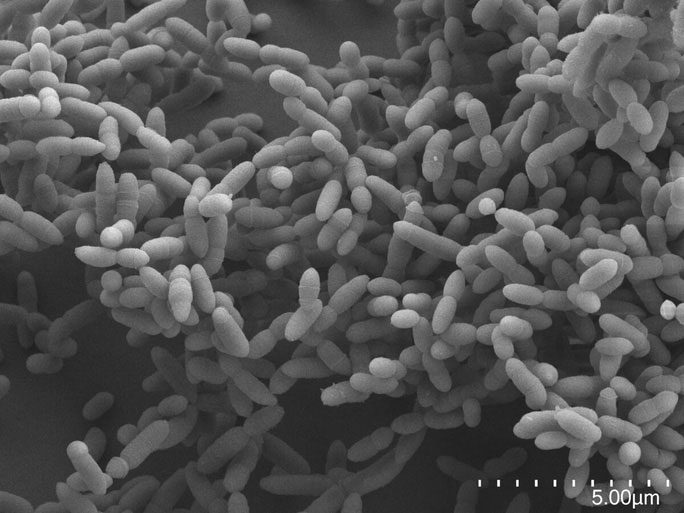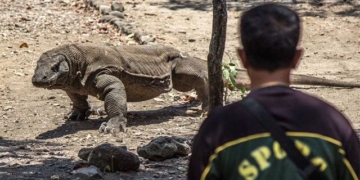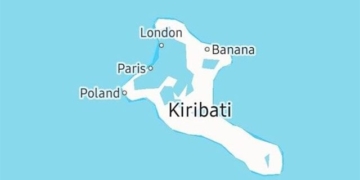The Earth billions of years ago had… biological power plants that you could only see with a microscope.
A study led by microbiologist Cornelia Welte from Radboud University (Netherlands) has discovered a remarkable archaeon capable of converting methane gas into electricity just by… breathing.
Archaea are microorganisms similar to bacteria that have existed since the dawn of Earth. The oldest evidence of archaea dates back up to 3.5 billion years.

Archaea – (Photo: PHYS)
Their lineage continues to this day, as “living fossils” that are mysterious and distinct, surviving in the strangest and harshest conditions, such as metabolizing methane to breathe and “eating” in oxygen-deprived environments.
According to Science Alert, the archaea used in the study are Methanoperedens from the ANME group, which are anaerobic methanotrophic archaea. They have the ability to oxidize methane with a small amount of nitrate as a catalyst.
The research team cultured these archaea on one of the electrodes and discovered that the methane conversion process generated an electric current of up to 274 milliamp/cm2.
31% of the energy in the methane they consumed was converted into electricity, which is more effective than some human-made biological power plants that also use methane for electricity generation. Therefore, these archaea could help us improve the efficiency of biological power plants.
According to a publication in Frontiers in Microbiology, this discovery also presents the potential for a highly efficient biological battery.
This method of energy utilization is particularly beneficial for the environment since methane is a potent greenhouse gas; reducing its usage would greatly aid in the fight against climate change. Moreover, generating clean energy through archaea will help limit the use of fossil fuels.





















































